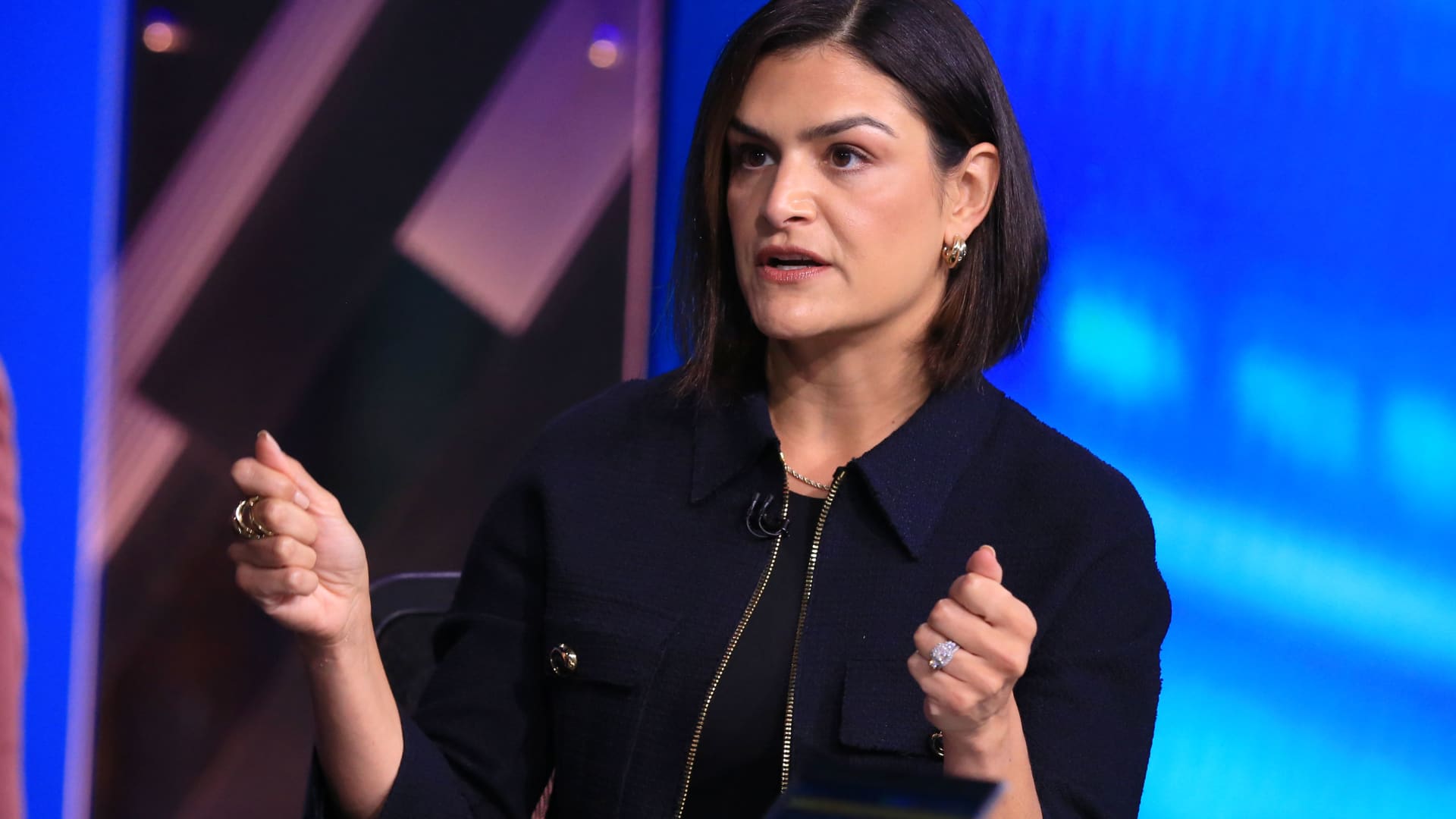One in 10 children aged 5 to 19 – 188 million worldwide -Now they live with obesity, placing them in a higher risk of chronic diseases such as type 2 diabetes, heart conditions and certain types of cancer.
“When we talk about malnutrition, we are no longer talking about children with low weight,” said UNICEF executive director Catherine Russell.
“Obesity is a growing concern that can affect the health and development of children. Ultraprocessed foods increasingly replace fruits, vegetables and proteins At a time when nutrition plays a fundamental role in children's growth, cognitive development and mental health, ”he added.
The report, Food benefit: how food environments are failing childrenIt is based on data from more than 190 countries and highlights a marked change.
One in five overweight
Since 2000, the low weight number among children aged five to 19 has decreased from almost 13 percent to 9.2 percent.
In the same period, obesity has tripled, from three percent to 9.4 percent. Today, obesity rates exceed low weight in all regions, except sub -Saharan Africa and southern Asia..
The situation is particularly acute in the Pacific Islands, where traditional diets have been displaced by cheap and dense imported foods.
High -income countries are not exempt: 27 percent of children in Chile and 21 percent in the United States Emirates and the United Arabs are affected.
Globally, One in five children and adolescents, or 391 million, is overweightwith almost half now classified as obese.
Children are considered overweight when they are significantly heavier than what is healthy for their age, sex and height.
Obesity is a severe way of overweight and leads to a greater risk of developing insulin and high blood pressure, as well as potentially mortal diseases later in life, including type 2 diabetes, cardiovascular disease and certain cancers.
A consumer in Mongolia eats a sugary desert.
Marketing to blame
The report points to powerful commercial forces that make up these results. Ultraprocessed and fast meals, high in sugar, salt, fats and unhealthy additives, dominate children's diets and are aggressively marketedinfluencing children's diets.
In a UNICEF survey of 64,000 young people in 170 countries, 75 percent reported having seen ads for sugary drinks, snacks or fast food the previous week.
The sixty percent said the ads made them want to eat the products. Even in countries affected by the conflict, 68 percent of young people said they were exposed to these ads.
These patterns warn of UNICEF, have amazing economic consequences. By 2035, the global cost of overweight and obesity levels be expected to exceed $ 4 billion per year. In Peru alone, health -related health problems could cost more than $ 210 billion in a generation.
The government must act
Even so, some governments are taking measures. Mexico, where sugary drinks and ultra -process foods represent 40 percent of children's daily calories, has banned their sale in public schools, improving food environments for more than 34 million children.
UNICEF urges governments around the world to do the same with radical reforms: mandatory food labeling, marketing restrictions and taxes on non -healthy products; Scrap food prohibition in schools; stronger social protection programs; and safeguards to protect the formulation of industry interference policies.
“In many countries we are seeing the double burden of malnutrition, the existence of delay in growth and obesity. This requires specific interventions,” said Mrs. Russell.
“Nutritious and affordable foods must be available for each child to support their growth and development.. We urgently need policies that support parents and caregivers to access nutritious and healthy foods for their children, ”he concluded.












